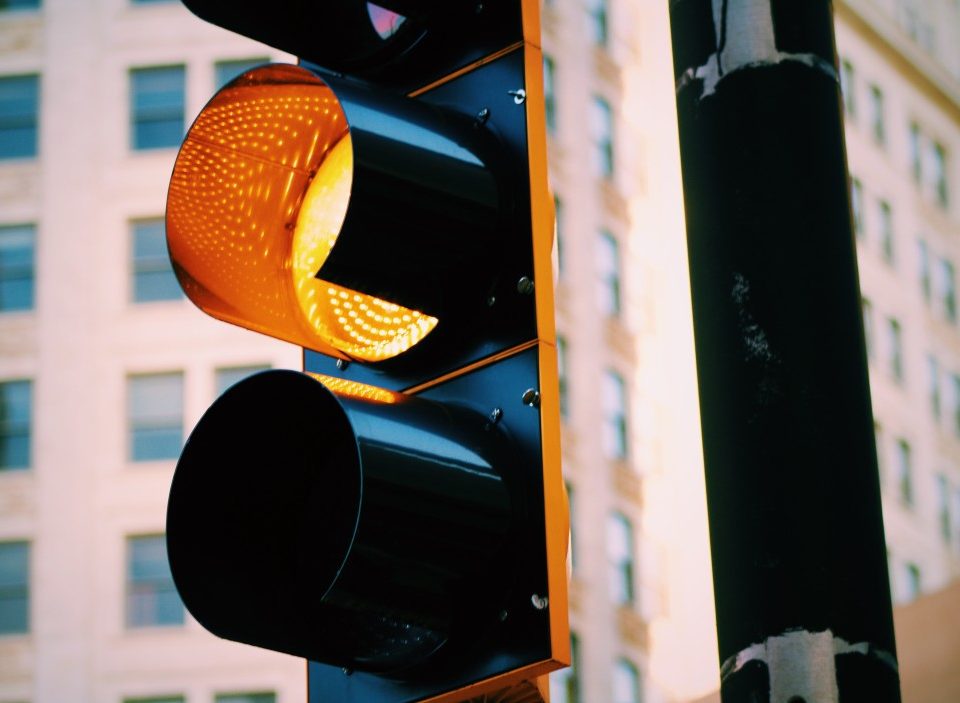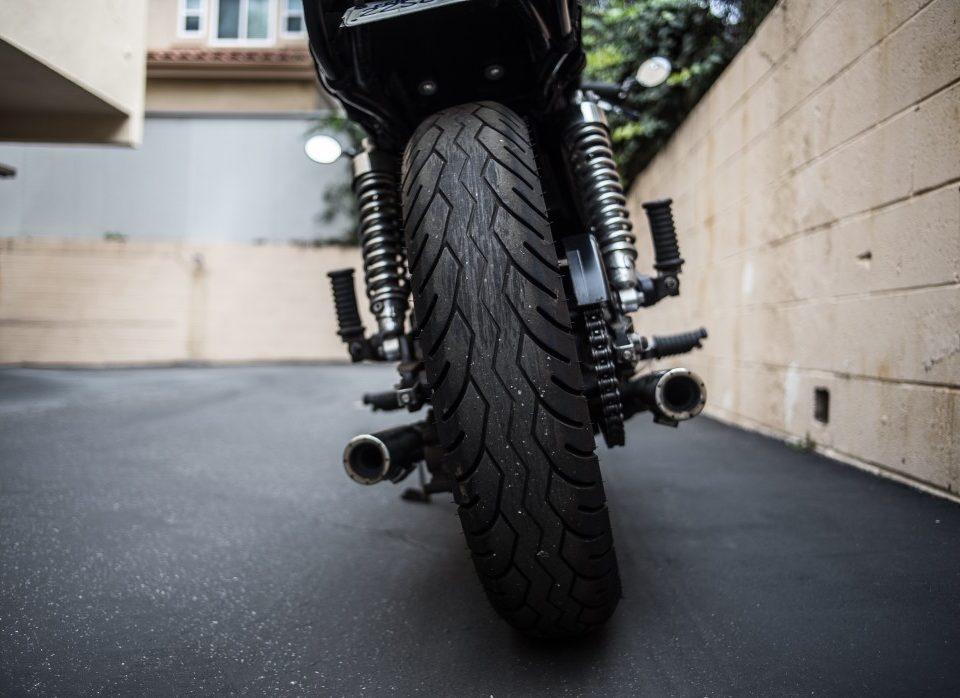Pedestrian Injured Crossing Street Outside of Crosswalk

What to Do If You Are Injured in a Left Turning Motorcycle Accident?
May 24, 2022
Motorcycle Accident Caused by Split Lanes
May 24, 2022A pedestrian can be hurt in a motor vehicle accident due to negligence or reckless driving. A pedestrian may be entitled to compensation if a motor vehicle negligently hits them. Pedestrians have the same legal rights and protections as drivers. They can also follow traffic signals and stop signs. A motorcycle operator may also be held accountable for the negligence of another driver.
Pedestrians have a duty of care
A two-party accident occurred when a motorcycle or an automobile hit a pedestrian. While the pedestrian waives her right to compensation, the motorist is liable for her injuries. If a motorcycle driver fails to yield to pedestrians in crosswalks, he may also be liable. Therefore, it is important to follow the rules and follow the law when crossing streets outside of crosswalks.
Whenever a motorcycle or automobile pass a pedestrian, it is important to yield to it. Pedestrians must look left before they step out. While drivers cannot pass a stopped vehicle in a crosswalk, they must yield to pedestrians. Even if there are no pedestrians, pedestrians must yield when crossing streets outside of a crosswalk.
Pedestrians have a duty to use the sidewalk if one is available. To avoid hitting pedestrians, motorists should always look both ways if a pedestrian isn’t using the sidewalk. A motorist should not ignore pedestrians, but they should be aware that they have the right-of-way at intersections. Motorcycle drivers must not pass pedestrians while turning left or right.
Traffic signals must be obeyed by pedestrians
Drivers and pedestrians must obey traffic signals. Pedestrians must yield to motorists at intersections controlled by traffic lights and traffic control officers. These intersections often have pedestrian signal lights that correspond with the traffic lights. Only pedestrians may cross the road if they see the flashing orange hand or the walk symbol. If they see the DON’T WALK signal, they should not cross the road, but should wait until the signal changes to walk.
Pedestrians must always cross the road to the right, with traffic coming from the other direction. Before crossing, look left, right, and left again. Make eye contact with the driver when crossing the street. This way, the driver can adjust his or her activities to make sure pedestrians do not block traffic. Pedestrians shouldn’t cross in the lane where cars can’t see them. To ensure safety, pedestrians must obey traffic signals.
Pedestrians obey signage
Drivers must yield to pedestrians crossing the street when the signal turns red. The pedestrian has the right of way and must yield to vehicles on the right. Pedestrians also have the right of way when they are walking or biking. When crossing the road, pedestrians must be yielded to drivers. A pedestrian crossing the road outside of a crosswalk must also obey traffic-control devices and yield to traffic in both directions.
Pedestrians must always obey signs and traffic signals when crossing the street. A driver can turn right at a crosswalk if a pedestrian has passed them, but they cannot pass a vehicle stopped at the crosswalk. Many pedestrian laws are simple to understand, but others can be complicated and confusing. The National Highway Traffic Safety Administration’s Pedestrian Safety webpage is a good place to start learning about pedestrian laws.
Stop signs must be obeyed by pedestrians
Pedestrians are required to yield the right of way to motorists at intersections controlled by traffic lights or a traffic control officer. Many areas have pedestrian signal lights that correspond with traffic lights. If a green signal is displayed, pedestrians may cross the road but must yield to vehicles that are lawfully in the intersection before proceeding. Drivers must yield to pedestrians crossing roads without a crosswalk or approaching signalized intersections.
In most cases, pedestrians have the right of way. When walking on a sidewalk, it is better to look both ways before crossing a road. It is also safer to wear reflective clothing and carry a flashlight at night. Pedestrians must pay attention to intersections and maintain calm when turning. Pedestrians should obey traffic signals as well as stop signs.
Pedestrians obey traffic laws
Traffic laws are the same for pedestrians as vehicles. In no-crosswalk situations, they must yield to cars. They must obey traffic control signals. They should not cross the path of moving vehicles. They must also be attentive to pedestrians crossing the streets and obey traffic-control signals. Listed below are the key pedestrian laws to follow:
Pedestrians must use sidewalks where available and cross the road only in crosswalks. They must also remain as far away from oncoming traffic as possible, look both ways, and make eye contact with approaching drivers. In addition, they must wear bright clothing, use reflective materials, carry a flashlight, and keep a sharp eye out for turning vehicles at intersections. By following these laws, pedestrians are allowed to travel without causing a traffic jam or accident.
Make eye contact with drivers when you are walking on busy streets. It is also a good idea to wear reflective materials such as brightly colored clothing or brightly colored makeup. Pedestrians can also wear reflective materials, such as jackets and accessories. Parents should make sure their children wear bright clothing, so they’re more visible. If you have small children, consider buying them reflective gear or brightly colored coloring.
For injuries sustained by pedestrians, they can file a lawsuit
Depending on the circumstances, pedestrians may be entitled to damages if they were injured while crossing a road. In some cases, pedestrians may also be held responsible for defective or poorly designed crosswalks. A lawsuit can be filed by pedestrians to seek financial compensation for their injuries and pain and suffering. Hiring a pedestrian pasadena motorcycle accident attorney will help you maximize your claim and increase your chances of success.
If a motorist fails to obey traffic lights, a pedestrian may be entitled to sue for injuries. A pedestrian can sue for injuries if they are forced to cross the street even though they had a green light. A pedestrian can also sue a motorist for causing them injury. This is a common type of lawsuit and can include a variety of injuries, including disfigurement, brain damage, and more.
A motor vehicle driver is obligated to obey traffic laws and avoid pedestrians. Even when headlights or a misting windshield impair a driver’s vision, the motorist still has a duty to avoid them. A pedestrian who is injured while crossing a street by a motorcycle can file a lawsuit for injuries.
Eyewitnesses are very important
It can be difficult to prove pedestrian negligence in an accident. These situations are critical for eyewitnesses. Whether or not the pedestrian was legally crossing the street outside of the crosswalk is of critical importance. It’s also important to note the time of day and whether or not the pedestrian was under the influence of alcohol or drugs. Eyewitnesses are also helpful in building a strong case for the driver.
It is important to gather as much evidence and photographs as possible if the driver of the car or motorcycle is responsible. The driver should also complete an incident report and take photos of the scene. Eyewitnesses need to know the details of the pedestrian crossing the street in front of a crosswalk, and whether or not they were injured. The pedestrian should seek medical attention immediately after the accident to avoid further injury.
Pedestrians can file lawsuits for pain and suffering
Many pedestrian accidents can be traumatic and life-threatening. Many pedestrians suffer life-threatening injuries and disabilities because they aren’t protected by a vehicle. Some suffer permanent damage and ongoing psychological issues, while others are killed on the scene. These injuries can be costly and time-consuming. Pedestrians may even feel frustrated and worried about how they will pay for the bills. If you or someone you love was injured in a pedestrian accident, it is imperative that you speak to a lawyer to determine how you can best proceed.
The legal remedy for pedestrians injured by a motorcycle is based on negligence. A motorcycle rider could be held liable if he causes a pedestrian pain or injury crossing a street. If a pedestrian dies due to the accident, he or she may sue the at-fault driver for wrongful death. The same standard of negligence is used to file a lawsuit against the at-fault driver for wrongful death. It may include funeral and burial expenses, which can range from a few hundred to several thousand dollars.





